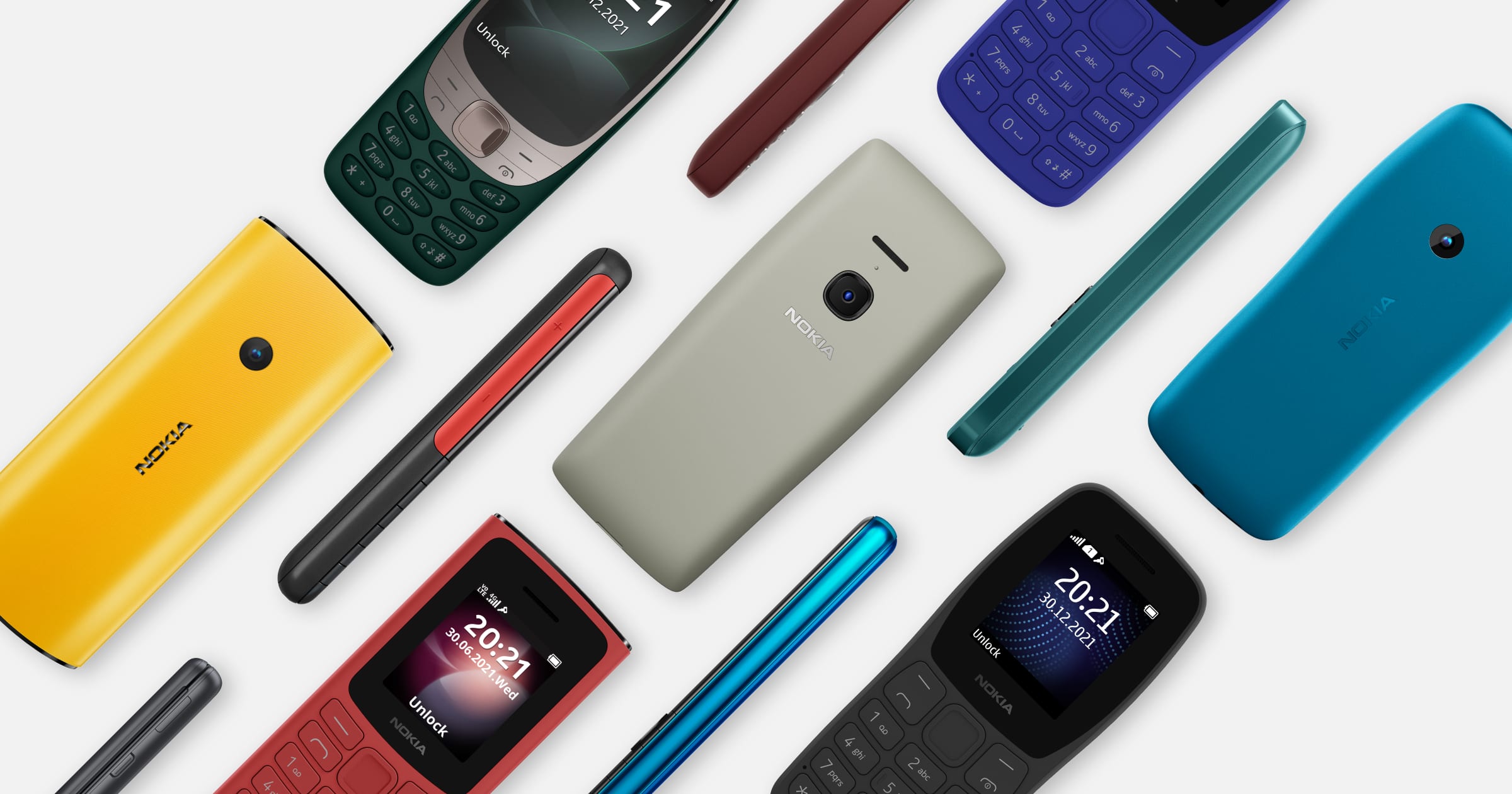Introduction
In an era where sleek and powerful smartphones reign supreme, it’s easy to forget the existence of feature phones. These unassuming devices, which were once the pinnacle of mobile technology, have been overshadowed by their smarter, more multifunctional counterparts. However, feature phones continue to have a significant role in the tech world, catering to specific needs and demographics that remain loyal to their simplicity. In this blog post, we’ll dive into the world of feature phones, examining their history, advantages, use cases, and their ongoing relevance in bridging the digital divide.
Understanding Feature Phones
Feature phones, also known as “dumbphones” or basic phones, are mobile devices designed primarily for calling and texting. Unlike smartphones, they lack advanced operating systems, touchscreens, and extensive app libraries. Instead, they come with a more straightforward user interface, physical keypads, and often a compact form factor.
A Brief History
Feature phones have a long and storied history. They emerged in the late 20th century as a response to the growing demand for portable communication devices. These early mobile phones were substantial, expensive, and could only make voice calls. Over time, they evolved to include text messaging, simple games, and rudimentary internet capabilities.
Nokia, with its legendary Nokia 3310, was a prominent player in the feature phone market, gaining worldwide recognition for its durability and long-lasting battery life. Other manufacturers, such as Motorola and Sony Ericsson, also contributed to the development of feature phones. However, the advent of smartphones in the late 2000s led to a decline in feature phone sales, pushing many manufacturers to shift their focus towards more advanced devices.
Advantages of Feature Phones
While feature phones might not be as flashy as smartphones, they offer several advantages that make them attractive to specific user groups. Let’s explore some of these benefits:
Long Battery Life: Feature phones are known for their exceptional battery life. With minimal power-hungry features, they can last several days on a single charge. This makes them ideal for people who live in areas with unreliable electricity or simply prefer not to worry about charging their phones constantly.
Durability: Feature phones are often built like tanks. Their robust construction can withstand rough handling, drops, and even water splashes. This durability is especially valuable for individuals working in challenging environments or those who are prone to accidents.
Simplicity: Not everyone wants or needs a smartphone’s vast array of features. Feature phones provide a straightforward and user-friendly interface for making calls and sending texts. They’re perfect for older generations who may find modern smartphones overwhelming or individuals who want to minimize screen time.
Affordability: Feature phones are significantly cheaper than smartphones. This cost-effectiveness makes them an attractive option for those on a tight budget or individuals who don’t require the advanced capabilities of a smartphone.
Use Cases for Feature Phones
Feature phones have found their niche in various scenarios where their specific attributes shine. Here are some notable use cases:
Emergency and Backup Phones: Many people keep a feature phone as an emergency backup device. Since they hold their charge for a long time, they’re reliable during power outages or when you’re in remote areas with limited access to charging facilities.
Work Phones: Certain job roles require devices that are rugged and simple. For instance, construction workers, farmers, and outdoor enthusiasts often prefer feature phones because of their durability and long-lasting battery.
Senior Citizens: Older adults who may not be tech-savvy appreciate the simplicity of feature phones. These devices allow them to stay connected with loved ones through calls and texts without the confusion of smartphones.
Digital Detox: In an age where smartphone addiction is a genuine concern, some individuals intentionally switch to feature phones to escape the constant barrage of notifications and the pull of social media. They use feature phones to maintain essential communication while reducing distractions.
Bridging the Digital Divide
One of the most crucial roles that feature phones continue to play is bridging the digital divide. While the world is moving toward an increasingly connected and online existence, not everyone has access to or can afford smartphones and the associated data plans. Feature phones provide a cost-effective means of communication for people in less developed regions and those with limited financial resources.
Conclusion
Feature phones might not have the glitz and glamor of their smartphone counterparts, but they hold a special place in the mobile tech ecosystem. Their simplicity, durability, affordability, and long battery life make them indispensable for various user groups. From emergency backup devices to tools for seniors and a means of digital detox, feature phones continue to meet specific needs.
Moreover, they play a vital role in ensuring that communication and connectivity are accessible to all, regardless of their economic status or location. As we continue to witness the rapid evolution of technology, it’s essential to appreciate the enduring value of these unassuming yet highly functional devices – the feature phones.



